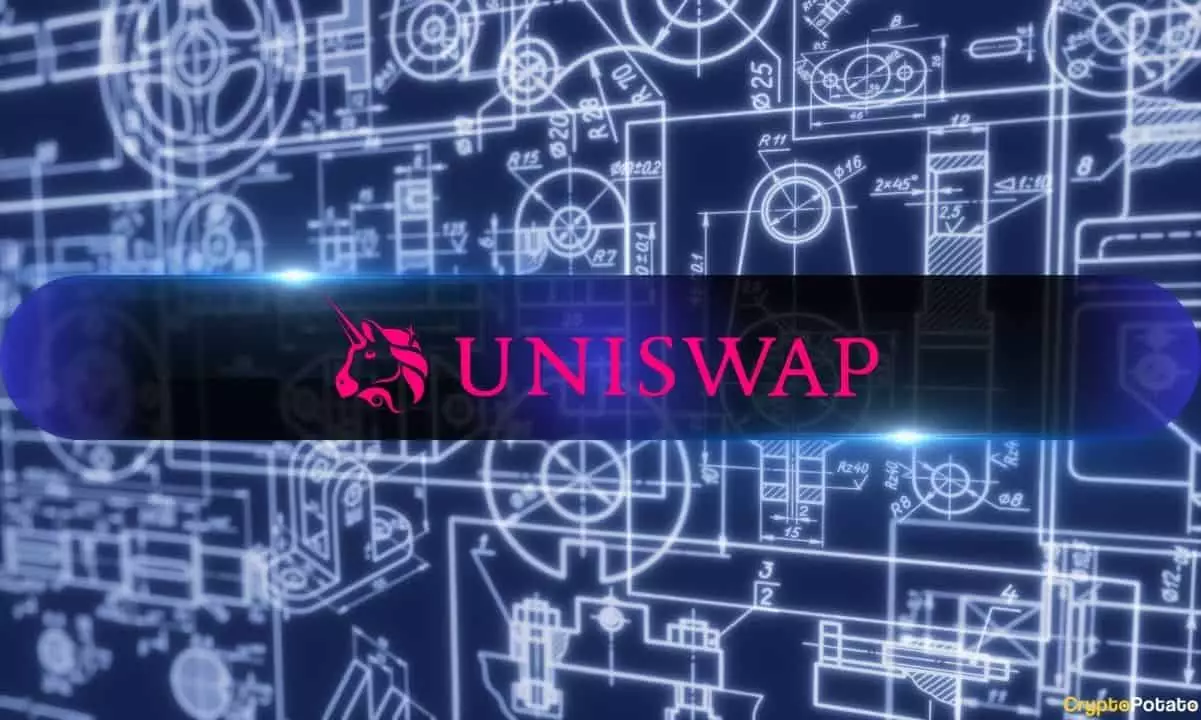On February 11, Uniswap made a significant announcement in the world of decentralized finance (DeFi) by launching Unichain, its own layer-2 (L2) solution built on Ethereum. This launch marks a strategic move into a notoriously competitive arena, aiming to offer enhanced performance and features that could reshape how users interact with decentralized applications (dApps). Unlike traditional blockchain networks fraught with bottleneck issues, Unichain promises to provide a platform that is faster, cheaper, and inherently more decentralized.
Performance Enhancements and Features
Unichain presents a series of impressive technical specifications aimed at improving user experience. It boasts remarkable one-second block times, with ambitious targets to eventually reduce this to just 250 milliseconds. Such speed potential can significantly enhance the efficiency of trades and transactions, which have often been hindered by slow processing times on the Ethereum mainnet. Furthermore, the claims of over 88 million test transactions and around 12 million test smart contracts executed on the testnet since its October launch speak volumes about the platform’s stability and readiness for a broader deployment.
The functionalities offered by Unichain are comprehensive. Users can enjoy features such as swapping tokens, providing liquidity, launching new tokens, accessing lending and borrowing services, and facilitating cross-chain trading. The introduction of the ERC-7683 standard for cross-chain trading adds a layer of sophistication that sets Unichain apart from its competitors.
A defining aspect of Unichain is its commitment to decentralization from the outset. Founder and CEO Hayden Adams emphasized this principle, highlighting that Unichain was designed to be a permissionless system from the day it launched. The initiative to implement a public Validation Network later in the year further illustrates this ethos, allowing anyone to participate in the verification of block transactions. Such a decision not only enhances transparency but also aligns with the foundational principles of blockchain technology.
In a landscape where many solutions prioritize speed and cost over decentralization, Unichain aims to restore faith in the essential qualities that define blockchain. With the promises of low gas fees (up to 95% cheaper than those prevalent on Ethereum) and no interface fees for swaps during the initial months, Unichain positions itself as a budget-friendly alternative for DeFi enthusiasts.
Despite its promising features, Unichain enters a crowded L2 landscape, with major players already dominating the space. As of now, Arbitrum One holds the lion’s share of market value with $13.7 billion locked, followed closely by Base and OP Mainnet. This competition is further magnified by the presence of around 60 rollup-based networks on L2beat, making it challenging for new entrants like Unichain to carve out a significant niche.
The initial market reaction to Uniswap’s announcement has been tepid, with the native UNI token witnessing a drop of 6% from intraday highs. Over the past month, UNI has faced consistent downward pressure, exhibiting a decline of 30%. This trend mirrors the broader downturn in the DeFi market, underlining the volatility and challenges inherent in the cryptocurrency space. With UNI still lingering almost 80% below its all-time high of nearly $45, investor sentiment appears cautious, as they weigh the long-term prospects of Unichain against the backdrop of a stringent market.
As Unichain embarks on its journey in the layer-2 ecosystem, it is equipped with innovative features and a strong foundation that could appeal to users seeking efficient, cost-effective decentralized solutions. However, navigating the competitive landscape filled with established platforms will be a formidable challenge. Success will depend not only on its ability to maintain performance and decentralization but also on effectively building a robust user community. As the future unfolds, it remains to be seen if Unichain can establish itself as a leader in the evolving DeFi narrative.

